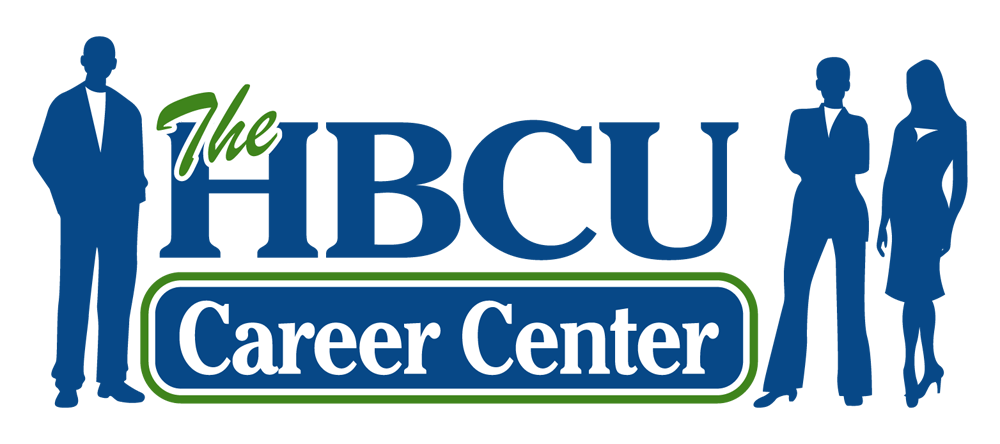7 Ways the Workforce is Changing
The workforce is changing and some of the questions to ask are - Am I keeping up? How am I preparing to stay competitive? What do I know about employment trends?
If you work with college students as much as I do, you too might find yourself thinking hard about whether or not colleges and training programs are preparing the workforce in a manner consistent with how the workforce is changing. I read an article today in Forbes.com, that made me think that some of us still have a ways to go, to help our students wrap their heads and intellect around what is coming and how their program choices and interests now could impact their need for lifelong learning.
As the author confirmed, "the workforce's future is increasingly uncertain" (Valet, 2016). Pew Research confirms that Americans are increasingly thinking about how the workforce is changing and how it will impact them. In a report this year, Pew data suggests that two thirds of Americans expect that robots and computers will do much of the work currently done by humans within 50 years (PewResearch, 2016). However, in the same report, 80% of workers say the jobs/professions they work in now will still exist in 50 years.
That strikes me as a contradiction. If you are entering college, in college or graduating soon, will any of these workforce changes impact your future careers? What are you doing to expand your career and industry awareness?
How the workforce is changing.
Forget the Pew research about 50 years. Here is how the workforce has changed in 10 years.
Workforce automation - 47% of jobs currently at risk of being phased out by robotics
Artificial Intelligence (AI) - Devices are now absorbing information and executing responsibilities being executed by professionals.
Sharing economy - UBER and AirBnB are making the meaning of "workforce" more fluid. (Valet, 2016).
Freelancers - 15 million Americans are self employed doing remote work and using online job platforms.
3D Printing - Widespread adoption of 3D printing will change the need for on-demand production.
Globalization - Technology is making geographical borders disappear.
Urbanization - 1.5 million people moving to metros each week, putting pressures on infrastructure and labor markets.
Read the full article from Vicky Valet - 7 Workforce Threat that Didn't Exist 10 Years Ago

